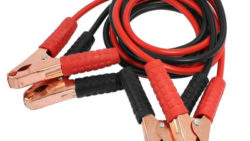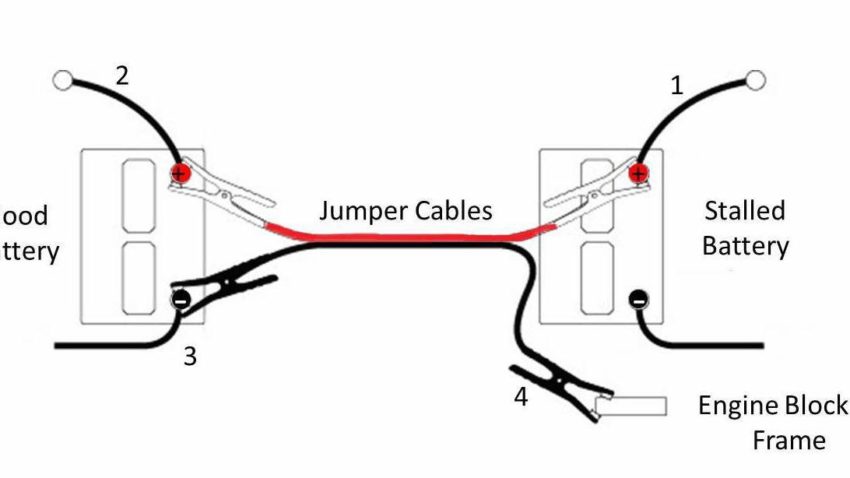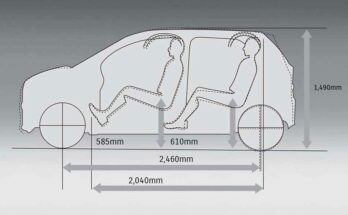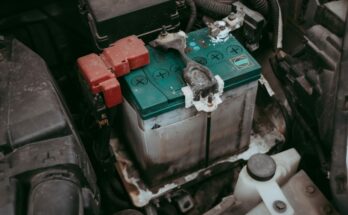This might have happened to you before, as you turn your car ignition key, nothing happens. Perhaps you hear a few clicks but nothing more than that… The battery is dead! Now to get your vehicle back on the road you need to push-start it (dhakka), and might need a help of a few more people. However it’s better to have a good set of jumper cables in your car, all you need to do is to learn how to jump start a car battery.
Choosing the Right Jumper Cables
 You don’t need many tools to jump-start a car battery. Off course you need to find a functioning car to use for the jump-start, if you have a second vehicle with you then it’s a plus. Jumper cables are the most popular tool used to jump start cars because they are inexpensive and easy to store. Jumper cables usually come in a variety of lengths, ranging from 10-20 feet. Some people think longer cables are better so that you do not have to move a car with a dead battery. But, while longer cables provide convenience, they may lose power as the longer the cable, the farther the energy has to travel. The gauge of the cable denotes the strength of the cables. The lower the gauge, the thicker the cables and the stronger they are. Gauge six is generally recommended as standard size for jumper cables.
You don’t need many tools to jump-start a car battery. Off course you need to find a functioning car to use for the jump-start, if you have a second vehicle with you then it’s a plus. Jumper cables are the most popular tool used to jump start cars because they are inexpensive and easy to store. Jumper cables usually come in a variety of lengths, ranging from 10-20 feet. Some people think longer cables are better so that you do not have to move a car with a dead battery. But, while longer cables provide convenience, they may lose power as the longer the cable, the farther the energy has to travel. The gauge of the cable denotes the strength of the cables. The lower the gauge, the thicker the cables and the stronger they are. Gauge six is generally recommended as standard size for jumper cables.
Safety First
You should always consider all safety risks before performing any basic maintenance or repair on your car. First, make sure that small children are in a safe area away from the engine while you are preparing to jump-start a dead car battery. You should be careful to prevent dangerous electric shocks. When you handle the jumper cables, be aware that their function is to transmit electrical current from one car to another. Once one end of the jumper cables is connected to a car, do not touch the metal clamps to anything but the appropriate target.
Related: Guide: Maintaining Your Car Battery
How to Jump a Car Battery
To prepare for the jump:
- Park the functioning car so that the vehicles face each other, closer but never touching each other. For automatic transmission cars, put the vehicle in park; for a manual transmission, set the vehicle to neutral.
- Engage the hand brakes on both, so neither car moves unexpectedly.
- Both cars should be turned off, with keys removed.
- Set down the jumper cables on the ground, making sure the clamps do not touch each other
- Open the hood to both cars, and locate the batteries and battery terminals. Usually, the two terminals on each battery will be covered in red or black, with a + or – sign on top. Look at the batteries and make sure that you can identify which is positive, and which is negative. This distinction is crucial to the success of your jump. If the battery terminals are dirty, wipe them off with a rag or wire brush.
Now, begin attaching the jumper cables:
- Attach the red, positive cable clamp to the positive (+) battery terminal of the dead battery.
- Attach the red, positive cable clamp on the other side of the jumper cables to the functioning vehicle’s positive (+) battery terminal
- Connect the black, negative cable clamp to the functioning battery’s negative (-) terminal. Walk over to the car with the dead battery. Do not connect the black, negative cable clamp to the dead battery. Instead, attach that clamp to an unpainted, metal part of the car such as a shiny, clean nut on the engine block. This will help ensure a safe jump. Connecting the negative terminal on the discharged battery may cause a dangerous spark so avoid doing that.

Know How Long to Charge a Dead Car Battery
Now you’re ready to attempt the jump-start:
- Start the working vehicle
- Wait a minute or so. Depending on the age of the battery and how long since it died, you may need to let the car run for a minute or two to get the jump to work.
- Try starting the dead car. If the car doesn’t start, allow the working vehicle to charge the battery for an additional minute or two before attempting again. In some instances, slightly revving the engine of the working car while charging the dead battery may help.
- Once the dead car is running, you may disconnect the jumper cables, starting with the black, negative cable clamps. Do not let the clamps touch each other while any part of the cables is still attached to a car.
- Now, take a short drive. This will allow the battery to build up a charge. This driving allows the vehicle’s alternator to charge the battery and ensures that your vehicle does not die again once you turn it off.
Related: What Goes Wrong with Your Car and When?
If the Jump-Start Fails
If the jump fails to start your car after a few short attempts, or if the car starts but then dies again, you have some other issues you need to address. Most batteries are rated to last 4-6 years. If your battery is old, you may need to replace it. If the battery is working well, you should consider other possible problems with other components, including:
- fuses
- battery corrosion
- faulty alternator
- ignition switch
- starter connection
Or call a technician to properly diagnose the problem.
Written by Rehan Ahmed

CarSpiritPK welcomes Guest Posts. If you have the ability to generate quality content and can write some relevant and useful piece of information to be shared with our readers, feel free to contact us at: [email protected] Send you emails titled as (Guest Post submission)




